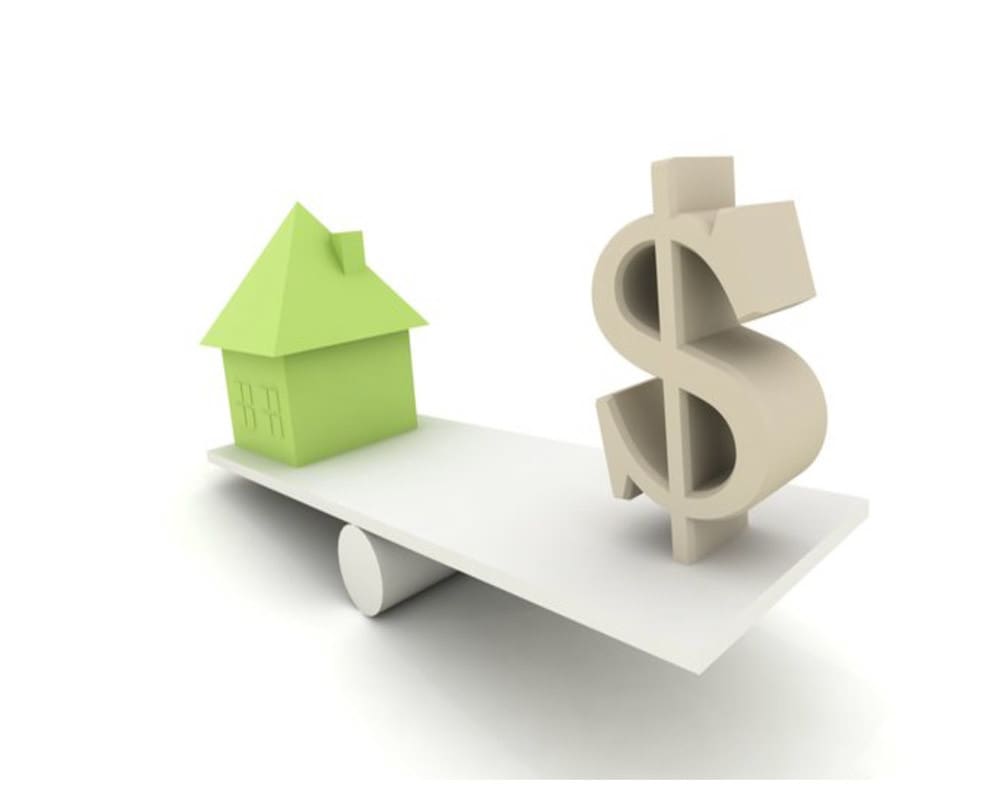Cooling Off Measures Finally Eased
After continued speculation, the Government has announced that they are easing back on the cooling off measures they introduced to keep the property market in check. Though it has been thought such a move was overdue, the fact it wasn’t mentioned in last month’s budget meant it has taken many in the industry by surprise. In a joint announcement made by the Ministry of National Development, the Ministry of Finance and the Monetary Authority of Singapore they stated there would be several changes to legislation for properties bought from March 11th onwards. These changes are:
• Seller’s Stamp Duty (SSD) will not apply if the owner sells the property more than three years after the date of purchase (down from 4 years previously).
• The SSD rates themselves are also being lowered by 4%. Any properties purchased on or after 11th March will be liable to 12% SSD if sold in the first year; 8% in the second, and 4% in the third.
• Further loosening of the TDSR rules was also announced meaning that the TDSR framework will no longer be applied to mortgage equity withdrawal loans where the loan to value ratio is 50% or below, a reduction from the 60% level previously.

The announcement went on to say that the current Additional Buyer Stamp Duty (ABSDStamp Duty Rate) rules will remain in place. Currently Singapore citizens are exempt from paying ABSD on their first home purchase, but are liable to pay 7% on a second property and 10% on all subsequent purchases. For Permanent Residents, the rates are 5% for their first home and 10% on all purchases thereafter, while for foreigners there is a single ABSD rate of 15% for all property purchases.
The announcement comes on the back of a continued weakening of the private homes market. The final quarter of 2016 was the 13th consecutive quarter where prices had fallen, and are now at their lowest level for 6 years. Overall private home prices fell by 3.1% in 2016, a slight decrease from the 3.7% experienced in 2015.
The cooling measures were introduced as far back as 2010, and have been increasingly strengthened in an attempt to calm the market which saw a 62.2% price surge between Q2 2009 and Q2 2013 as the economy rebounded from the global financial crisis.
The measures worked, some people think they have worked too well, and with the market and industry struggling there have been calls for the measures to be, if not taken away all together, at least eased.
The joint statement said that the measures were being taken to both “promote a sustainable residential property market and financial prudence among households.”
The announcement has been welcomed in nearly all quarters. Many borrowers had been unhappy that the TDSR framework made it unnecessarily difficult for them to monetise their properties when it came to retirement. It is also hoped that the move will see the decrease in prices halted and that they will start to shift upwards. One early and definite result of the announcement was that the share price for developers soared.
Though these are certainly positive moves for the industry, there is still the fact that there is a surplus of properties and demand remains weak.
Upcoming new launch condo in Singapore
Existing New Launch
